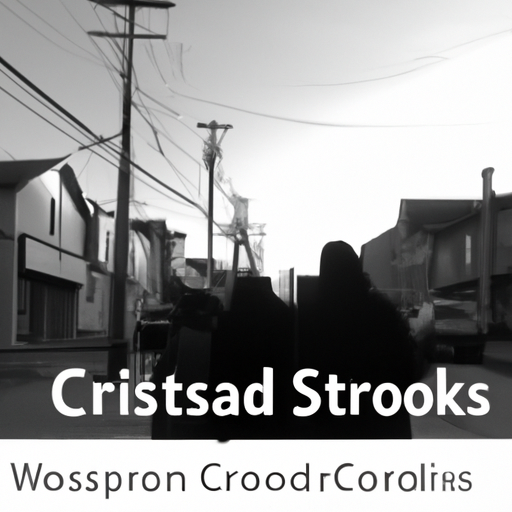Opioid Crisis in Canada: The Battlefield of Woodstock
Recent reports from Woodstock,, a front-line city in the pressing Canadian opioid crisis, have shed light on the complexities and conflicts surrounding Canada’s war on opioids. Local politicians have vehemently opposed the implementation of a supervised drug use site, using language that conveys the dire circumstances of the opioid crisis at ground zero.
The Controversial Stance of Local Politicians
Council members in Woodstock align themselves with the sentiments of many residents, expressing their firm stance against the establishment of a supervised drug use site. Their argument, that a safe injection site may condone or normalize drug use, reflects not just a lack of acceptance, but also a level of fear and apprehension. It’s clear that the opioid crisis has left a scar on the city, and addressing this issue, discussing feasible methods to combat it, stirs emotions in the community.
Effects of the Opioid Crisis – A Deeper Look
The opioid crisis in Woodstock manifests in various forms. From homeless people often associated with drug addiction, increasing cases of petty and serious crimes, to over-burdened hospitals, and a sense of insecurity amongst local population. Here are some key effects:
- Increased homeless population: The opioid crisis has resulted in a surge of homeless people prevalent in many parts of the city.
- Rise in crime rate: A corollary to drug addiction is a spike in crime rates, as substance abusers often resort to crime to support their habit.
- Impact on health services: Hospitals and health centers are facing the brunt of the opioid epidemic, grappling with the influx of overdose cases.
- Societal Cost: High unemployment and potentially associated increased costs in public assistance.
Efforts to Solve the Opioid Crisis
Even as the community and its leaders fight the stigma and fallout of this crisis, efforts to solve it are underway. Naloxone, an opioid antagonist, is being hailed as a critical weapon. The medication is capable of reversing an opioid overdose, effectively saving lives in the process. Furthermore, a national class action lawsuit against opioid manufacturers is also underway, aiming to hold pharmaceutical companies accountable for their role in the crisis.
Naloxone – A Life-Saver Amidst the Crisis
In emergency medical situations, Naloxone can reverse the effects of an opioid overdose. As a frontline measure, it has the potential to save many lives.However, it is only a stop-gap solution, as it does not address the factors leading to drug use and dependency.
The Opioid Class Action
The opioid class action is a move to hold drug manufacturers accountable for the epidemic. This lawsuit seeks compensation for the toll the crisis has taken on public health resources, alongside efforts to deter similar occurrence in the pharmaceutical industry in future.
Conclusion
The opioid crisis continues to ravage Canadian cities, like Woodstock, causing a stir of raw emotions amongst civic and community leaders. The refusal to institute supervised drug use sites reflects the community’s fear, concern, and overall repudiation of drug use, even if it means turning away from one of the potential solutions. However, with initiatives like the wide distribution of Naloxone kits and the ongoing opioid class-action lawsuit, it is clear that efforts are made to combat the crisis. As we watch the circumstances unfold, the key takeaway remains: It’s time to collaborate and act decisively, facilitating solutions that address not just the consequences of drug addiction, but also its root causes. Our society deserves nothing less.
